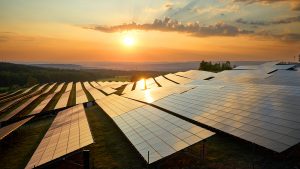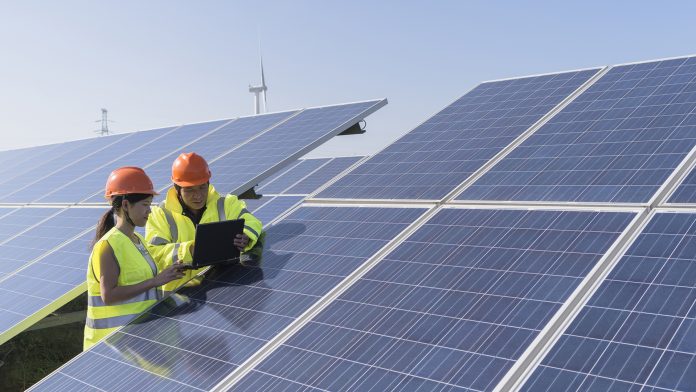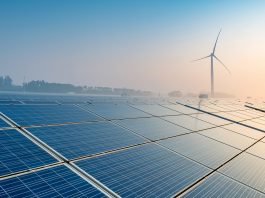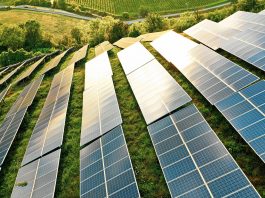Researchers from the University of Houston have developed a solar energy harvesting system that has the potential to generate solar power 24/7.
The power of the Sun has been marvelled at by inventors for centuries. Many of them have explored and analysed ways to perfect harvesting solar energy. This research has come a long way, and we are almost there with photovoltaic cells, which convert sunlight directly into energy. Despite this, there are limits to how much energy can be harvested and used from these cells as its generation is limited to the daytime.
Continuing this quest is Bo Zhao, a University of Houston professor, who is showcasing a novel type of solar energy harvesting system. This system is groundbreaking, and has smashed the efficiency record of all existing technologies, subsequently clearing the way to use solar power at all hours.
The study was published in the journal Physical Review Applied.
Why is this technology important?
To transition to a carbon-free electric grid, it is critical that more efficient ways to harness solar energy are found. A recent study conducted by the U.S. Department of Energy Solar Energy Technologies Office and the National Renewable Energy Laboratory, has revealed that solar energy could account for as much as 40% of the US’s electricity supply by 2035 and 45% by 2050. This depends on cost reductions, supportive policies, and large-scale electrification.
Zhao, Kalsi Assistant Professor of mechanical engineering and his doctoral student Sina Jafari Ghalekohneh, explained: “With our architecture, the solar energy harvesting efficiency can be improved to the thermodynamic limit.” This limit is the absolute maximum theoretically possible for the conversion efficiency of sunlight into electricity. With this new solar energy harvesting technology, the US’s transition to clean energy appears to have greater potential.

How does this solar energy harvesting system work?
Traditional solar thermophotovoltaics (STPV) require an intermediate layer to tailor sunlight for better efficiency. Photons coming from the Sun are absorbed by the front side (the side facing the Sun) of the immediate layer. Solar energy is then converted to thermal energy in the immediate layer. The temperature of the layer subsequently increases.
However, the thermodynamic efficiency limit of STPVs, understood as the blackbody limit (85.4%), is a lot lower than the Lansberg limit (93.3%), the ultimate efficiency limit for solar energy harvesting.
Zhao stated: “In this work, we show that the efficiency deficit is caused by the inevitable back emission of the intermediate layer towards the Sun, resulting from the reciprocity of the system. We propose nonreciprocal STPV systems that utilise an intermediate layer with nonreciprocal radiative properties.
“Such a nonreciprocal intermediate layer can substantially suppress its back emission to the Sun and funnel more photon flux towards the cell.
“We show that, with such improvement, the nonreciprocal STPV system can reach the Landsberg limit, and practical STPV systems with single-junction photovoltaic cells can also experience a significant efficiency boost.”
STPVs have both improved efficiency and compactness and dispatchability (electricity that can be programmed on demand based on market needs). These traditional cells can also be coupled with an economical thermal energy storage unit to generate electricity at all times of the day.
“Our work highlights the great potential of nonreciprocal thermal photonic components in energy applications. The proposed system offers a new pathway to improve the performance of STPV systems significantly. It may pave the way for nonreciprocal systems to be implemented in practical STPV systems currently used in power plants,” said Zhao.









